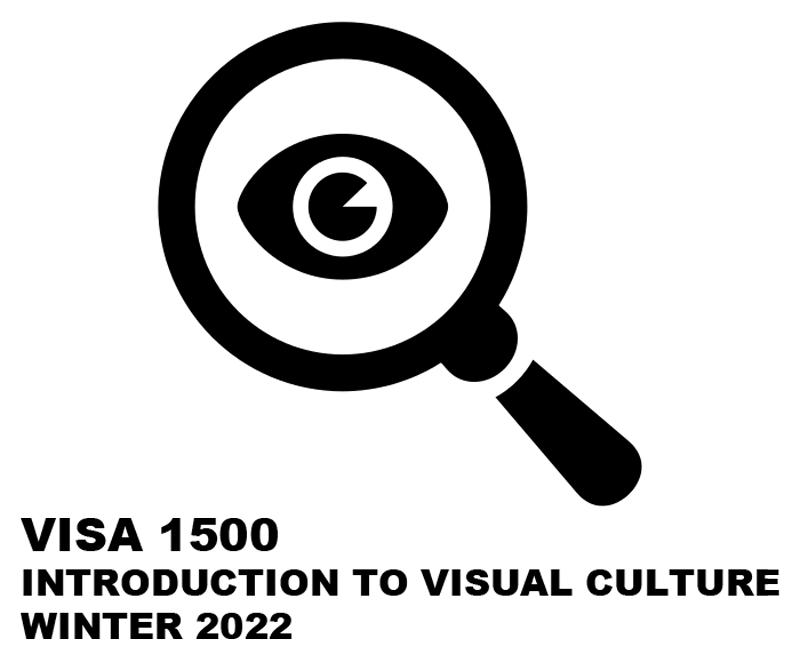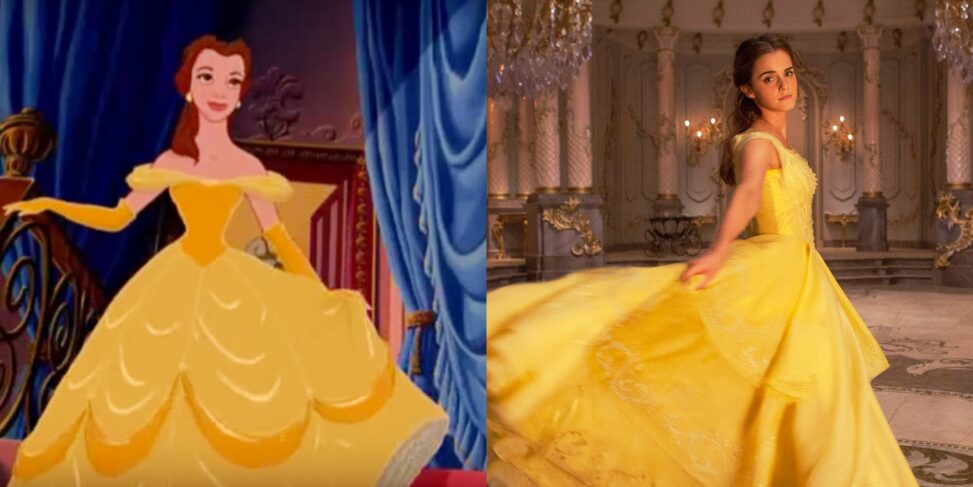The 1991 movie Beauty and the Beast is one of Disney’s classic films, and in 2017, a live-action version was released. Although both movies share many similarities in all aspects. The main character, Belle, is the one who has significant changes between the two versions.
In both films, Belle is an adventurous, gentle, brave, curious young French girl who has a desire for adventure and an exciting life. In addition, she is not afraid to speak up for herself and does not mind other people’s views. All these characteristics are more prominently expressed in the 2017 film, with Emma Watson playing Belle. When the 1991 version was released, Disney had some stereotypes of physical appearance and showed beauty through Belle’s hair, lips, harmonious singing, and dancing. In both interpretations, Belle is shown as a young girl between 16 to 18 years old. She is short in height and has big eyes, a round face, a slim physique, and very light skin. All these attributes help the character to be perceived visually in a delicate way.
However, in the live-action film, Belle is portrayed as thin, thanks to Emma Watson’s figure, although there was a conflict because Watson refused to wear a corset to give a smaller waist to the character. The actress didn´t want to contribute to social stereotypes, as she knew that stereotypes of princesses can affect how young girls see themselves. For this reason, the physical appearance was slightly changed to one more realistic to the actress’s appearance. Thanks to Watson’s decision, Disney accepted that it was not mandatory to wear a corset for the following adaptations.
Belle’s dress (1991) is very elegant and sophisticated with a classic structure, a fluffy, shiny skirt, and long gloves, showing royalty and formality. In the adaptation, the gloves are not used, and the dress still has this classic shape but with simpler details, making the dress more practical. This change in the dress reflects Belle’s active personality, emphasizing how she enters the royalty, yet she does not limit herself by this and continues to show her authenticity.
This character was created in the Disney golden age, so the community saw her, and her significance contributed to the stereotypes that have been created within Disney about the female body or the role of women. It was meant to be broken with the 2017 adaptation. They made Belle (2017) have strong ideals and openly defy society’s expectations. Belle (2017) expects self-sufficiency; she becomes much more knowledgeable and gives the sense that a woman can be given more independence and is fully capable of it.
In the 1991 version, Belle is a young woman interested in books and is an outcast in her town for that reason. This was further explained in the live movie as Belle is “socially condemned” for encouraging young girls to read, giving them autonomy and new interests. Similarly, in the 2017 version, Belle, besides having an interest in books, is an inventor like her father, and she creates a machine to wash clothes alone. On the other hand, Belle (1991) is happy with her life with her father, and they speak very little about her mother and her parents’ relationship. In contrast, Belle (2017) has doubts about her past, specifically about her mother and her parent’s relationship, so she has more independence from the beginning and a more significant role with new interests and with a new background.
In the 2017 adaptation, Belle’s family history, relationship with her mother, and death are deepened. These events deepen the relationship with the Beast as they get to know each other in depth, as well as their thoughts and desires in various aspects, creating more intimacy and closeness with both characters.
The 1991 adaptation Belle is passive in certain circumstances or waits for permission from someone else. Belle (2017) is more defiant and active. For instance, Belle (2017) uses the magic mirror on her initiative, unlike Belle (1991), who receives the magic mirror from the Beast. As well as it is also true that Belle has help from the Beast with the attack of the wolves. Belle (1991) is scared and does not react, unlike Belle (2017), who tries to defend and protect herself alone, showing more independence. So, although both are similar in most aspects, the 2017 version shows more of Belle’s purpose and interest, which is the autonomy and independence of a young girl who is intelligent and strong, with personal interests and yearning for adventure.
Bibliography
Chow, Jeremy. 2013. Beauty-ful Inferiority: Female Subservience in Disney’s Beauty and the Beast. LUX: A Journal of Transdiciplinary Writing and Reasearch from Claremont Graduate University https://scholarship.claremont.edu/cgi/viewcontent.cgi?article=1006&context=lux#:~:text=Beauty%20and%20the%20Beast%20promotes,by%20the%20film’s%20masculine%20characters.
Johnson, Rachael M. 2015. The evolution of Disney princesses and their effect on body The evolution of Disney princesses and their effect on body image, gender roles, and the portrayal of love image, gender roles, and the portrayal of love. N.p.: James Madison University. https://commons.lib.jmu.edu/cgi/viewcontent.cgi?article=1003&context=edspec201019#:~:text=Gender%20role%20portrayals%20in%20Disney,19%2013%20Whelan%2C%202012).
Sachar, Sarah. 2024. “Gender Representation in Film and Media.” Kampala International University https://www.researchgate.net/publication/385892407_Gender_Representation_in_Film_and_Media.


Crispin Friskie
Each time a preexisting film gets adapted or remade it’s always interesting to see how the characters in particular shift, especially when transitioning to live action. In the particular case of Belle it’s interesting to see how they combined what could be seen as smaller differences into a much better depiction of the character as outlined in this writing. The actor actually refusing to wear a corset is most interesting but more than that the way they shifted the characters personality to be less docile and even her interests to further flesh out the character all seem to be really positive changes to both the character and the narrative that surrounds her. The exploration of these two versions of Belle is very in depth and finds many beneficial changes of a character that at first glance may seem like a simple adaptation with no real substantial changes, but revealing that in fact the character has seen numerous changes to reflect a more positive image for young girls. The story of Belle’s relationship with her family being deepened is also very interesting in creating a stronger character with Belle, plus of course the relationship with the beast all giving the character something more to understand at a deeper level or maybe even relate too. I do wish there was more of an exploration as to why Disney originally intended for the actress to wear a corset and what the process of backing down from this idea was like, but I overall feel like this essay highlights lots of interesting points and points out the differences and the positive effects those differences have on the story and its viewers.